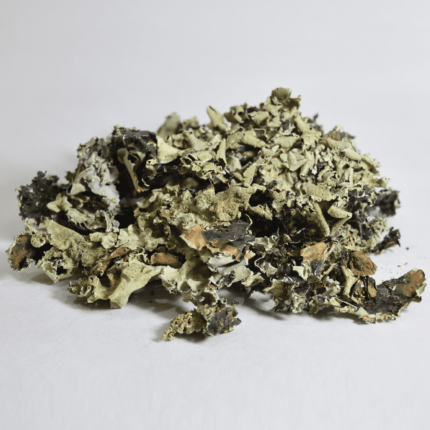Description
Ashoka is one of the most legendary and sacred trees of India, and one of the most fascinating flowers in the Indian range of flower essences. Ashok is a Sanskrit word meaning without grief or that which gives no grief. Indigenous to India, Burma and Malaya, it is an erect tree, small and evergreen, with a smooth, grey-brown bark. The crown is compact and shapely. Flowers are usually to be seen throughout the year, but it is in January and February that the profusion of orange and scarlet clusters turns the tree into an object of startling beauty. Pinned closely on to every branch and twig, these clusters consist of numerous, small, long-tubed flowers which open out into four oval lobes. Yellow when young, they become orange then crimson with age and from the effect of the sun’s rays. From a ring at the top of each tube spread several long, half-white, half-crimson, stamens which give an hairy appearance to the flower clusters. In strong contrast to these fiery blooms is the deep-green, shiny foliage. The foot-long leaves each have four, five or six pairs of long, wavy-edged, leaflets. Young leaves are soft, red and limp and remain pendent even after attaining full size.
| Botanical Name | Common Name | Tamil | Hindi | Malayalam |
|---|---|---|---|---|
| Saraca Asoca | Ashoka Tree | அசோகா மரம் பட்டை | अशोक वृक्ष / Ashok Tree | അശോകം / Asokam Tree |













